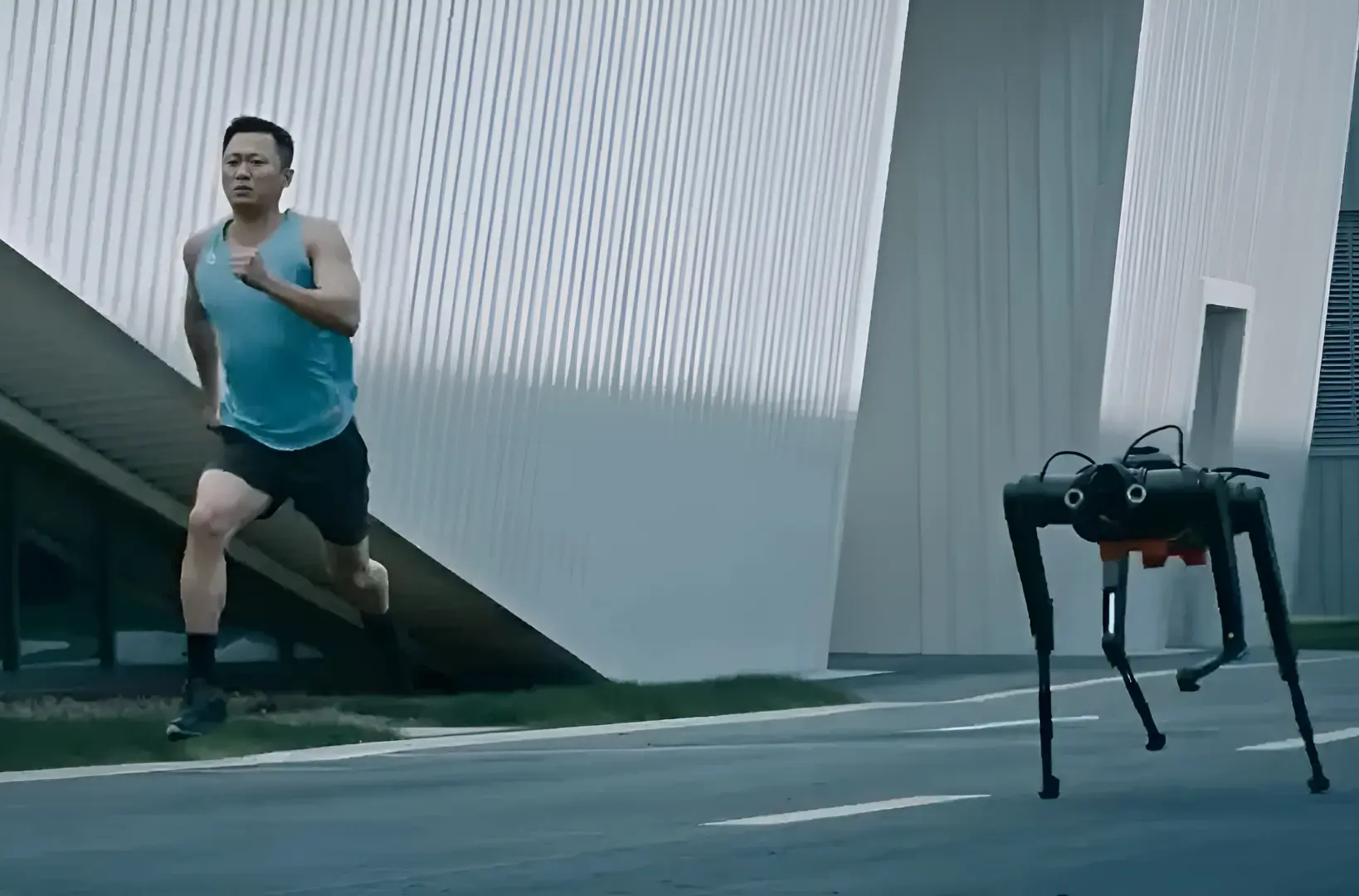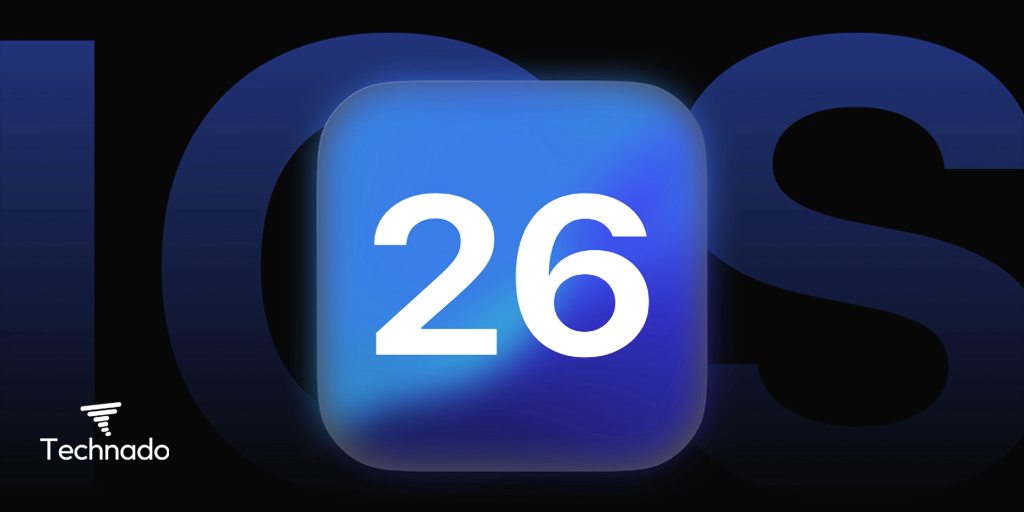The world of robotics continues to amaze us, with innovations that push the boundaries of speed, agility, and functionality. One such marvel is China’s Black Panther 2.0, a robotic dog designed to sprint like an athlete. This creation has sparked curiosity among tech enthusiasts and robotics experts alike, leading to the question: Is this the fastest robotic dog ever built?
In this blog, we’ll dive into the features of Black Panther 2.0, its unique capabilities, and how it compares to other robotic dogs. We’ll also explore the significance of these advancements in robotics and their potential applications.
The Rise of Robotic Dogs
Robotic dogs have come a long way since their inception. Initially introduced as prototypes in research labs, they are now being developed for real-world applications, including military operations, disaster response, and even companionship.
Why Are Robotic Dogs Important?
- Versatility: These machines can navigate challenging terrains where traditional robots fail.
- Efficiency: Robotic dogs can perform tasks quickly and with precision, reducing human intervention.
- Advancements in AI: Modern robotic dogs, like Black Panther 2.0, leverage artificial intelligence to make decisions, adapt to environments, and interact with humans.
it exemplifies the potential of robotic dogs to revolutionize how we perceive mobility and functionality in robotics.
Meet Black Panther 2.0: A Robotic Dog Like No Other
Developed in China, Black Panther 2.0 is touted as one of the fastest robotic dogs in the world. It showcases cutting-edge engineering and advanced AI systems that enable it to sprint at incredible speeds.
Key Features of Black Panther 2.0
- Athletic Sprinting: Capable of reaching speeds comparable to professional athletes.
- Dynamic Movement: Designed to mimic the fluid motion of real animals.
- Advanced Sensors: Equipped with sensors to analyze terrain and adjust its movement accordingly.
- AI Integration: it uses AI to process data in real-time, enhancing its agility and decision-making.
These features set Black Panther 2.0 apart from its competitors, positioning it as a leader in the realm of robotic dogs.
How Does Black Panther 2.0 Compare to Other Robotic Dogs?
The robotics industry has seen several groundbreaking robotic dogs, each with unique capabilities. Let’s examine how Black Panther 2.0 stands out:
Comparison with Popular Robotic Dogs
| Feature | Black Panther 2.0 | Boston Dynamics’ Spot | ANYmal C |
| Top Speed | 20 km/h | 5.4 km/h | 4 km/h |
| AI Integration | Real-time data processing | Advanced navigation AI | Autonomous operation |
| Purpose | High-speed mobility | Inspection and research | Industrial use |
Black Panther 2.0’s speed and agility make it a standout, particularly for applications requiring rapid movement.
Applications of High-Speed Robotic Dogs
High-speed robotic dogs like Black Panther 2.0 are more than just engineering marvels; they have practical applications across various industries.
1. Search and Rescue Missions
A robotic dog’s speed and ability to navigate uneven terrain can be life-saving in disaster-stricken areas. Black Panther 2.0 could quickly locate survivors and deliver supplies in emergencies.
2. Military and Security Operations
With its agility and real-time decision-making,the 2.0 is ideal for reconnaissance missions and perimeter security. Its speed allows it to evade threats and gather intelligence efficiently.
3. Sports and Training Simulations
Black Panther 2.0’s athletic sprinting capabilities could be used to develop training simulations for athletes or even to test sports equipment in dynamic conditions.
4. Research and Development
Robotics engineers can use it to study biomechanics and improve the design of future robotic systems.
Challenges in Creating the Fastest Robotic Dog
Building a high-speed robotic dog like Black Panther 2.0 comes with its challenges. These include:
1. Energy Efficiency
Maintaining high speeds while conserving energy is a significant hurdle for robotic dogs. Engineers must develop lightweight materials and efficient motors to address this issue.
2. Stability and Balance
Running at high speeds increases the risk of losing balance. It uses advanced sensors and algorithms to ensure stability during sprints.
3. Cost of Development
The technology behind high-speed robotic dogs is expensive, which can limit their accessibility for commercial use.
Future of Robotic Dogs: What Lies Ahead?
The advancements in Black Panther 2.0 indicate a bright future for robotic dogs. Here’s what we can expect:
1. Enhanced AI Integration
Future robotic dogs will likely feature even more sophisticated AI, enabling better decision-making and adaptability.
2. Broader Applications
As technology becomes more affordable, robotic dogs will find applications in households, healthcare, and education.
3. Increased Speed and Agility
With continuous improvements in engineering, robotic dogs like Black Panther 2.0 will achieve even greater speeds and mobility.
Conclusion: Is Black Panther 2.0 the Fastest Robotic Dog?
China’s Black Panther 2.0 has set a new standard for speed and agility in robotics, earning its place among the most advanced robotic dogs in the world. Its athletic sprinting capabilities and innovative design make it a marvel of engineering.
Whether it’s search and rescue missions, military operations, or cutting-edge research, Black Panther 2.0 showcases the limitless potential of robotic dogs. As technology evolves, we can only imagine what the next generation of these machines will achieve.
Suggested reads:
- Robotics 10 Fascinating Facts and Future Innovations
- Self-Driving Cars Are Thriving Here’s Where to Look
- Humanoid Robot Trends to Watch in 2025

Jahanzaib is a Content Contributor at Technado, specializing in cybersecurity. With expertise in identifying vulnerabilities and developing robust solutions, he delivers valuable insights into securing the digital landscape.







